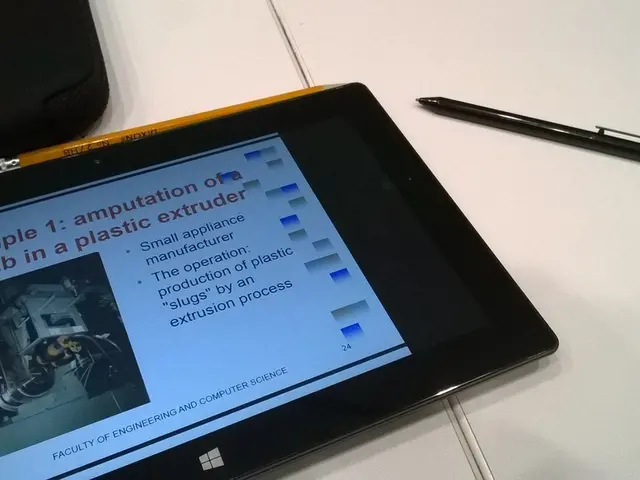Early Childhood Language Development: A Handbook for Parents
Language development in early childhood is a fascinating process that lays the foundation for a child's future communication skills. This article explores some effective strategies for fostering a rich linguistic environment that encourages language development in young children.
Strategies for Supporting Language Development
1. Narration and Responding
Narration and responding are powerful tools in language development. Use self-talk and parallel-talk to narrate daily activities, helping children connect words with actions and emotions. Engage in conversations by responding to children's babbling, thereby encouraging back-and-forth interactions.
2. Reading and Literacy Activities
Reading aloud regularly can significantly increase a child's exposure to language and stimulate literacy skills. Engage in activities like joint reading, labeling objects, and playing with rhymes to enhance language and early literacy development.
3. Music and Storytelling
Music and storytelling are excellent ways to expose children to language rhythms and structures. Use singing, rhymes, and storytelling to introduce a variety of vocabulary and narrative structures.
4. Play and Interaction
Play-based learning is an effective way to introduce new vocabulary and concepts. Use play to foster sustained conversations and adaptive responses to children's communication.
5. Consistency and Variety
Maintain consistent language exposure, especially for bilingual children, and use both simple and complex language to expose children to a wide range of vocabulary.
Creating a language-rich environment at home can contribute to the development of a child's language skills. Games like "I Spy" and storytelling can enhance vocabulary and observation skills, and encourage creativity. Using puppets or dolls to create stories allows children to participate in the narrative and improves language skills. Talking to your child about their interests can help improve their vocabulary.
Language development occurs in successive stages, starting from the pre-linguistic stage (0-12 months), followed by the single-word stage (12-18 months), the two-word stage (18 months-2 years), the multi-word stage (2-3 years), the complex sentences stage (3-4 years), and the narrative development stage (4-5 years). In the pre-linguistic stage, infants play with sounds and connect meaning to gestures and vocal cues. In the narrative development stage, children can tell simple stories and describe events in sequence, their vocabulary grows significantly, and they begin using more complex sentence structures to express ideas clearly.
Our school's English as an Additional Language (EAL) program provides relevant support and resources to students to enhance their social and academic skills. To learn more about our school's EAL program, visit the admissions page.
Supporting your child's language development involves intentional engagement and interaction, such as being a role model by speaking clearly and using a diverse vocabulary. Interactive reading, such as asking questions and encouraging predictions, can help children develop their understanding of stories.
References: [1] Rice, E. (1990). Language development. New York: McGraw-Hill. [2] Snow, C. E., Burns, M. S., Griffin, P., & Goodman, R. (1998). Early language and literacy development: Report of the National Research Council. Washington, DC: National Academy Press. [3] Torgesen, J. K., Wagner, R. K., Rashotte, C. A., & Hecht, S. L. (2001). Learning to read: A developmental perspective. New York: Guilford Press. [4] Whitehurst, G. J., & Lonigan, C. J. (2011). Early childhood education: Research, policy, and practice. New York: Guilford Press. [5] Zimmerman, D. H. (2007). Vygotsky and early childhood education. New York: Teachers College Press.
- By narrating daily activities and responding to children's babbling, it's possible to encourage language development in young children, thereby fostering a rich linguistic environment in the education-and-self-development process.
- Incorporating reading aloud, storytelling, and play-based learning will expose children to various vocabulary and language structures, helping students in their learning journey and fostering diversity in their language development.
- To further enhance students' learning experiences, incorporating music, rhymes, and interactive reading strategies, like asking questions and encouraging predictions, can help develop children's understanding and use of complex sentence structures.




